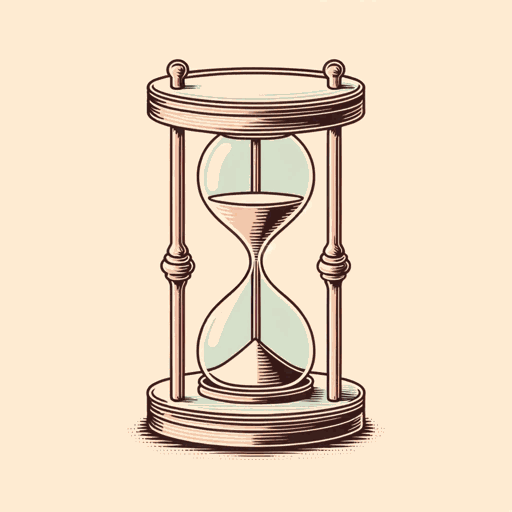57 pages • 1 hour read
Martin HeideggerBeing And Time
Nonfiction | Book | Adult | Published in 1927A modern alternative to SparkNotes and CliffsNotes, SuperSummary offers high-quality Study Guides with detailed chapter summaries and analysis of major themes, characters, and more.
Themes
The Ideal of Authenticity
That Being and Time sets up authenticity as a positive ideal seems to be obvious. The whole work is structured around an exposition of how and why we are initially inauthentic. Then, in Division 2, it becomes centered around how we escape this state. Heidegger spends significant effort revealing and then unpicking the machinations and influence of the they. Even greater effort is then spent in demonstrating, through analysis of being-towards-death and conscience, how this can be resisted. Further, this valuation is reflected in the tone and choice of language. The they is described in terms of oppression, “dominion” (167), “dictatorship” (164), and “falling” (219). Meanwhile, authenticity is identified with understanding and “unshakeable joy” (358). Indeed, one of the core themes of Sein und Zeit is that understanding, and any meaningful philosophy at all, must itself be bound up with the goal of becoming authentic.
There are moments, however, that problematize this view. For example, Heidegger says in the very first pages of Division 1, having introduced the terms “authenticity” and “inauthenticity” as possibilities of Dasein’s being, that “these expressions have been chosen terminologically in a strict sense” (68).

